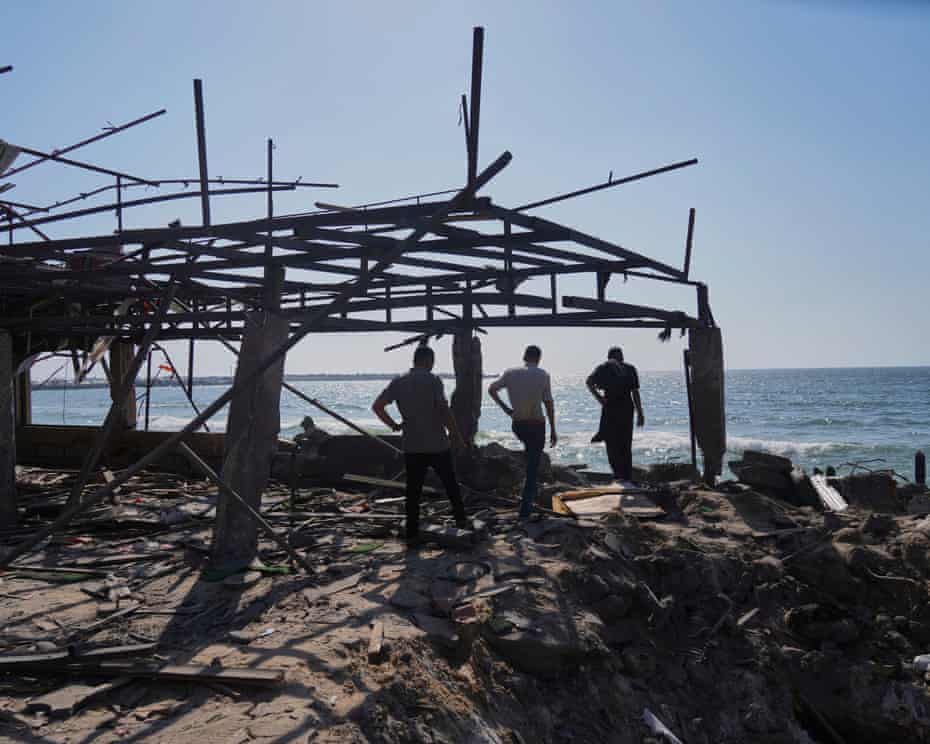Israel has ramped up its offensive in Gaza, with airstrikes killing around 60 Palestinians and fresh evacuation orders forcing tens of thousands to flee northern areas of the devastated enclave. The escalation came as a senior adviser to Prime Minister Benjamin Netanyahu arrived in Washington for renewed ceasefire talks.
Ron Dermer, Israel’s strategic affairs minister and a close ally of Netanyahu, is set to meet US officials to discuss indirect negotiations with Hamas, the aftermath of Israel’s military campaign against Iran, and broader regional diplomacy.
A spokesperson for the Israeli government stated on Monday that Netanyahu is working to end the war “as soon as possible” through the release of hostages and the defeat of Hamas. Of the 251 hostages initially taken on 7 October 2023, more than half are believed to have died.
New evacuation orders were issued in and around Gaza City, warning of impending military operations and instructing civilians to head south. However, the southern coastal areas are already overcrowded, with limited access to water, medical care and shelter. Approximately 80% of Gaza is now either under evacuation orders or controlled by the Israel Defence Forces (IDF).
The IDF said it was preparing to advance further into central Gaza City to target Hamas militants. Tanks and infantry pushed into the Zeitoun neighbourhood on Monday, while airstrikes hit several areas in the north, including four schools where families had sought refuge. Hundreds were told to evacuate before the bombings.
“Explosions never stopped; they bombed schools and homes. It felt like earthquakes,” said Salah, 60, a resident of Gaza City. “In the news, we hear a ceasefire is near; on the ground, we see death and we hear explosions.”
Later that day, an Israeli airstrike targeted a crowded seaside café in Gaza City, killing at least 22 people, including women, children, and a journalist. The IDF claimed it was targeting command and control centres used by militants and said steps were taken to minimise harm to civilians.
Though a new ceasefire may be under consideration, both Israel and Hamas have so far maintained incompatible positions. Hamas insists on a permanent end to the war and refuses to disarm, while Israel has vowed to continue operations until Hamas is fully dismantled and its leaders leave Gaza.
The intensification of Israeli attacks aligns with a pattern observed throughout the conflict, where military offensives have coincided with key negotiation moments. Analysts suggest this tactic may be aimed at gaining territorial leverage to use as a bargaining tool during talks.
Israel’s Zamir speaks on ceasefire
Israel’s Chief of Staff, Eyal Zamir, said on Friday that the current offensive, launched in May after the collapse of a two-month ceasefire in March, was close to achieving its objectives. Netanyahu, having solidified his political standing domestically, is now better positioned to withstand pressure from far-right coalition members opposed to any deal.
However, calls for an end to the conflict are growing louder. Israeli opposition leader Yair Lapid told parliament on Monday: “There is no longer any benefit for the state of Israel from continuing the war in Gaza. Only damage on the security, political and economic level. The army has no more objectives in Gaza.”



